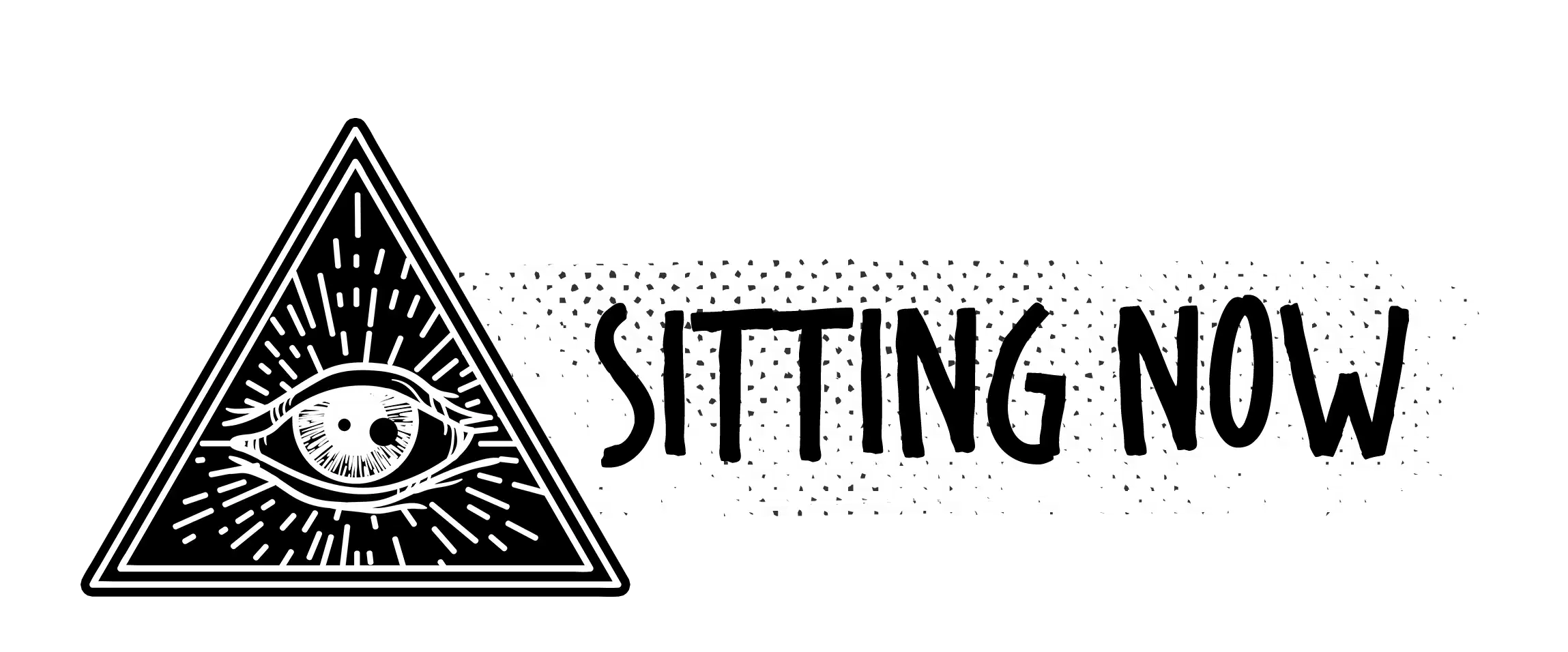In 1980’s America, a new conservatism swept the land: Ronald Reagan became president; the AIDS crisis undermined the sexual revolution; even saddle shoes and penny loafers made a comeback.
While the revelation of a new religious right as a political power didn’t dawn until the election of George H.W. Bush in 1988, the entire decade of the 80’s represents a nearly-across-the-board backlash against the counter-culture, and a re-emergence of traditional, Christian, bourgeois values. It should come as no surprise that a reign of terror followed with it.
Satanic ritual abuse (SRA) became a new term in newspapers across the country as paranoid suburbanites, fleeing city centers for the saccharine surroundings of white, affluent neighborhoods soon began to see the devil everywhere. Rumors of bands of wild teenagers engaging in ritual sacrifice murders abounded, spurred on by the occult imagery associated with heavy metal music and the very real drug culture that emerged among disaffected kids growing up in the banal backwaters of mall-sprawl culture. However, despite nearly a decade of panic, no one ever found the devil.
According to Wikipedia:
SRA is considered a moral panic and compared to the blood libel and witch-hunts of historical Europe, and McCarthyism in the United States during the 20th century. Stanley Cohen, who originated the term “moral panic,” called the episode “one of the purest cases of moral panic.” The initial investigations of SRA were performed by anthropologists and sociologists, who failed to find evidence of SRA actually occurring; instead they concluded that SRA was a result of rumors and folk legends that were spread by “media hype, Christian fundamentalism, mental health and law enforcement professionals and child abuse advocates.” Sociologists and journalists noted the vigorous nature with which some evangelical activists and groups were using claims of SRA to further their religious and political goals.
Jeffery Victor says that in the United States the groups most likely to believe rumours of SRA are rural, poorly educated religiously conservative Protestant blue-collar families with an unquestioning belief in American values who feel significant anxieties over job loss, economic decline and family disintegration. Victor considers rumours of SRA a symptom of a moral crisis and form of scapegoating for economic and social ills.
While SRA has been widely discredited, a number of real life horrors helped to spur it on. This film documents the infamous exploits of the notorious teen murderer, Ricky Kasso.




